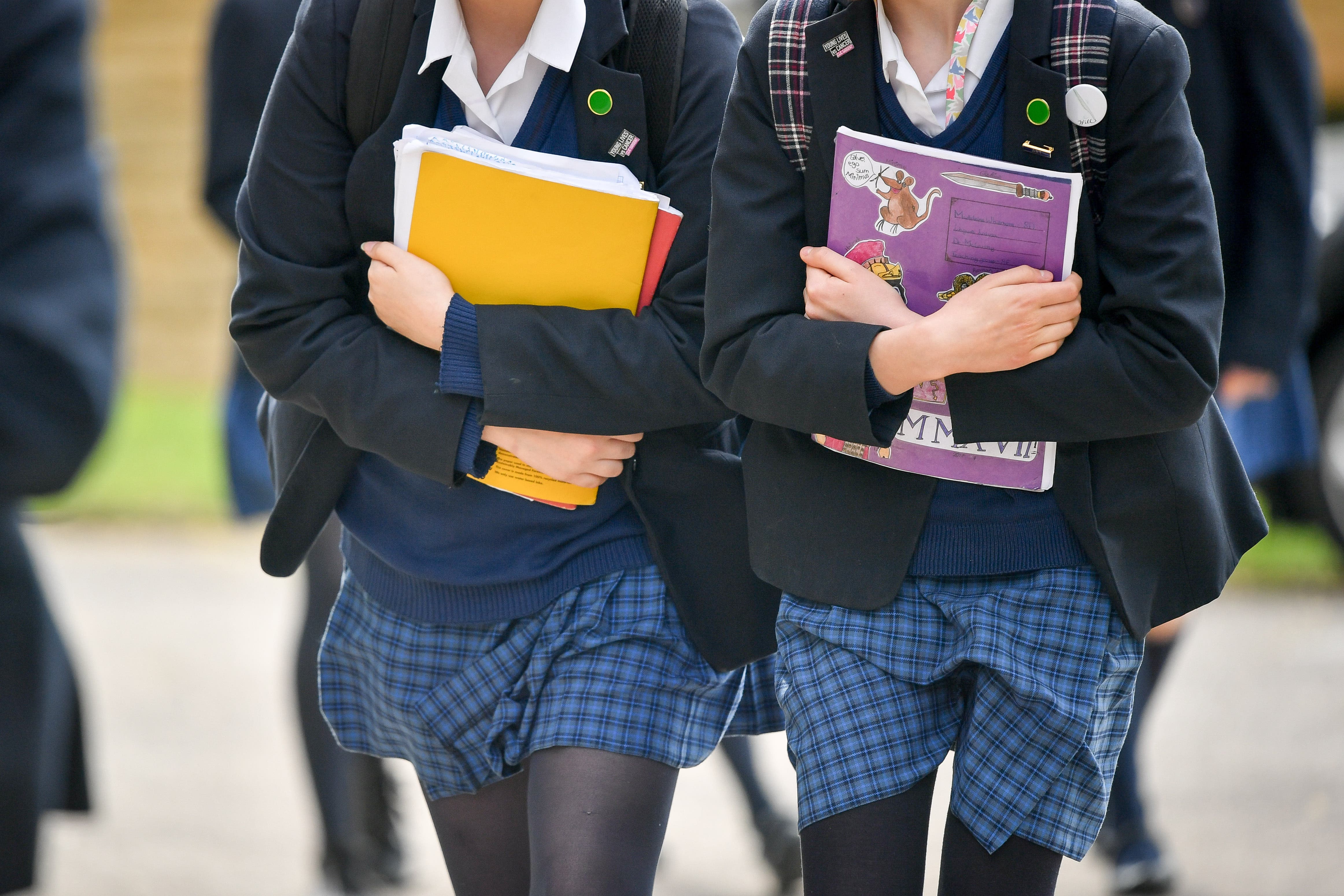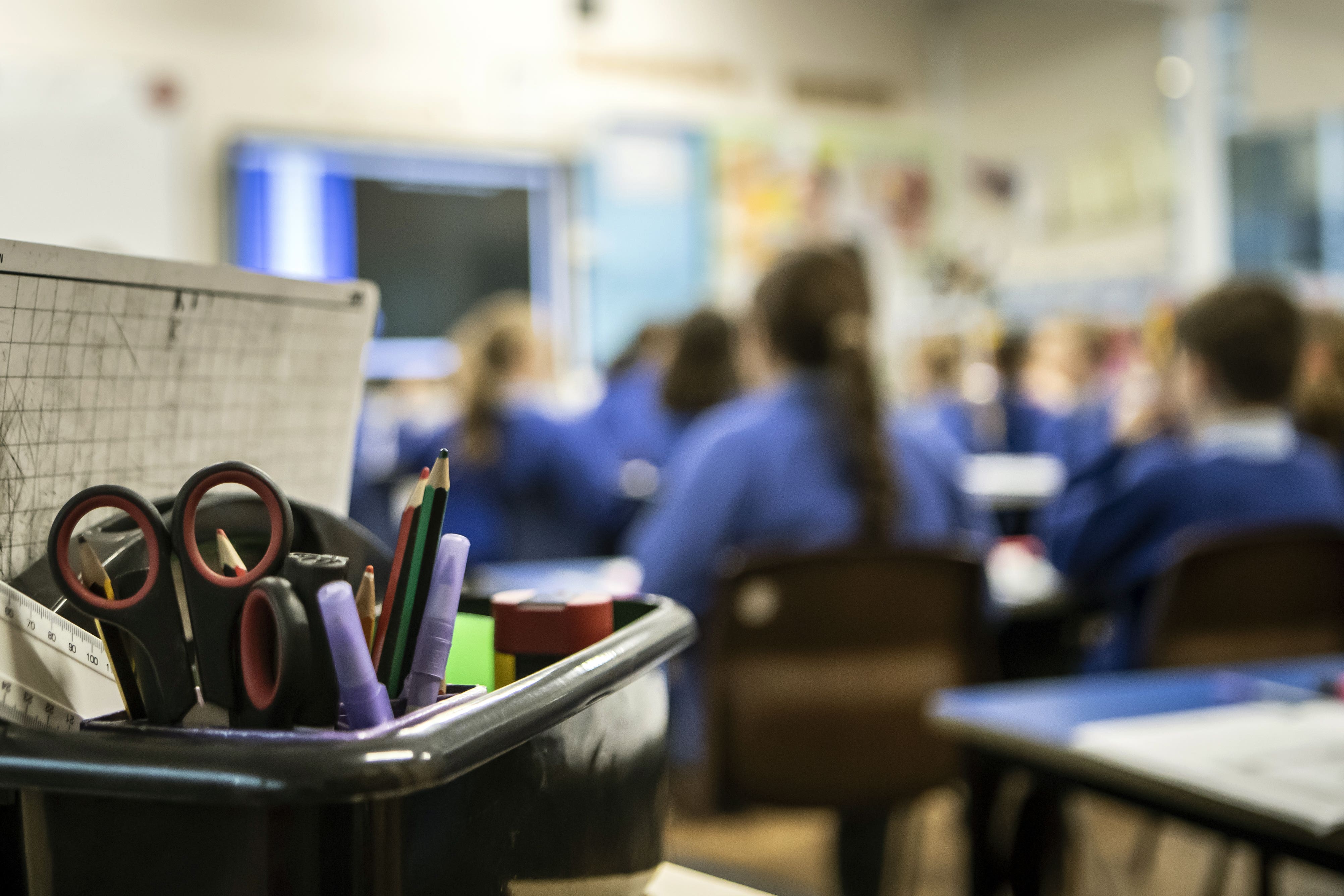State schools are significantly behind private institutions in embracing artificial intelligence, a new survey reveals, prompting calls for government action to bridge a growing “digital divide” among pupils.
A report by the social mobility charity Sutton Trust indicates that independent schools, often in wealthier areas, possess greater resources and can afford to invest in more sophisticated AI solutions.
The findings, drawn from a Teacher Tapp poll of over 10,000 teachers across England, show a stark contrast: 45 per cent of private school teachers have received formal AI training, compared to just 21 per cent in state schools – more than double the rate.
The report highlights that private schools are “ahead of the game” on setting AI policies, dedicating staff to oversee its use, and providing comprehensive training and resources.
Further disparities emerged in AI usage, with 17 per cent of state school teachers reporting no AI use whatsoever, against only 8 per cent in private schools.
Moreover, private schools are three times more likely to have a clear, school-wide strategy for staff AI integration (27 per cent vs 9 per cent).
The Sutton Trust is now urging the Government to intervene and ensure all pupils can access the benefits of AI, addressing this widening gap.

Nearly a quarter (24 per cent) of state school teachers said they were not at all confident using AI tools in their role, compared to just 15 per cent of private school teachers, the poll suggested.
Private school teachers were more likely than their state school peers to use AI for a number of tasks – including writing pupil reports (29 per cent vs 11 per cent), communicating with parents (19 per cent vs 11 per cent) and marking (12 per cent vs 7 per cent).
The survey also found gaps within the state sector as teachers in schools with the most affluent intakes were more likely to report having had formal AI training than those with the least affluent (26 per cent vs 18 per cent).
The charity is calling on the Government to closely monitor any inequalities in access and use of AI between schools.
The Sutton Trust report said: “Private schools or those in wealthier areas are likely to have greater access to resources, and therefore be able to afford to invest both time and money in more sophisticated AI solutions.”
It added: “Action is urgently needed by Government to ensure that AI acts as a gap-closer, rather than a further factor that exacerbates the already growing attainment gap between poorer students and their better-off peers.”
Nick Harrison, chief executive of the Sutton Trust, said: “It’s startling how rapidly an AI digital divide is opening up in schools.
“This is a crucial time in integrating AI tools into teaching, yet private schools, and some of the most affluent state schools, are already forging ahead in a sort of digital wild west.
“If this isn’t quickly tackled head on, schools serving the most disadvantaged pupils risk falling further behind.
“These tools can provide a range of benefits to overworked teachers, but their use is spread unevenly, with inequalities in training and appropriate guidance and monitoring.
“If action isn’t taken to close these widening gaps, access to AI risks becoming the next major barrier to opportunity for disadvantaged young people.
“The type of school you go to shouldn’t determine your chances of benefiting from AI in education.”

Julie McCulloch, director of strategy and policy at the Association of School and College Leaders, said: “We cannot afford to have AI technology in education descend into yet another example of haves and have-nots.
“The fact is that the technology, training and resources needed to utilise AI are expensive and require time and sufficient staffing.
“This puts schools at a disadvantage where these things are in short supply.
“We recognise that the Government is taking some steps to support the sector with the development of AI but schools are battling against the twin problems of funding and staffing crises which leaves many overwhelmed.
“We need to see a much more sustained and strategic investment in schools and colleges which gives them time to breathe and allows them to harness the potential benefits of this technology.”




